On 12 April, the UK placed a temporary export bar on a 16th-century casket, believed to be the only one of its kind left in Britain. It was last on public display in Glasgow in 1882–83, lent from Newbattle Abbey by its former owner, the Marquess of Lothian, to an ‘Italian Art Loan Exhibition’, the complexity of its trompe l’oeil marquetry having suggested a Florentine provenance. However, it is now thought to be one of the earliest pieces of German Kunstkammer furniture in existence. Recent research by Virginie Spenlé has revealed it to be the most elaborate of the dozen or so works thought to have been created by the ‘Master of Perspective’, an anonymous cabinetmaker from the city of Nuremberg, at the time at the cutting edge of art and science in northern Europe.
The casket will be on public view again this month during London Art Week (LAW), the twice-yearly series of exhibitions and events mounted across St James’s and Mayfair (28 June–5 July). LAW jostles for attention among a host of fairs and gallery shows in London this month, but what sets it apart is the level of scholarship that informs dealers’ presentations. Spenlé’s two talks at Trinity Fine Art (27 and 28 June) – which is presenting the casket in conjunction with Kunstkammer Georg Laue – promise to be a highlight. Might they tempt a British museum into buying the casket for permanent display?
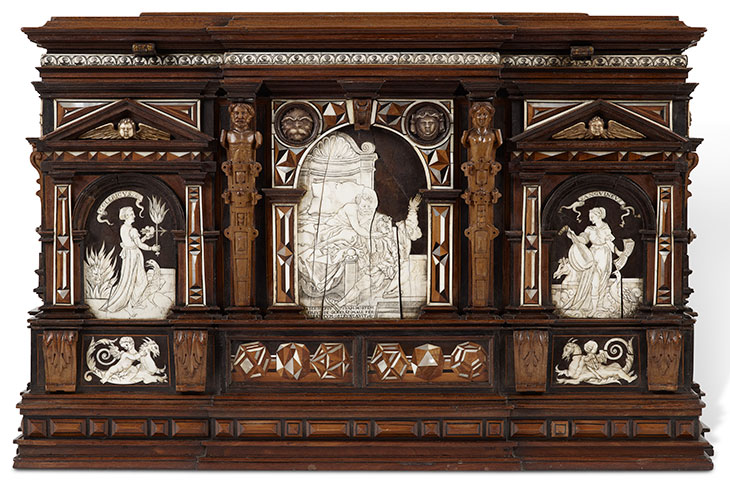
The court casket from Newbattle Abbey (1565), Master of Perspective, Nuremberg. Photo: Matthew Hollow
Fifty galleries are participating in this year’s event – the largest edition of LAW to date. Among the newcomers, London-based textiles dealer S. Franses is presenting an exhibition of ‘The Lost Tapestries of Charles I’. These works, owned or commissioned by the king, include a recently discovered depiction of Aeneas’s farewell to Dido, executed by the royal tapestry workshop at Mortlake. Ambrose Naumann from New York makes his LAW debut at Tomasso Brothers with a selection of modern European paintings, including a fabulously weird portrait by the little-known Belgian surrealist Gustaaf C. de Bruyne (1914–81). The painting, called simply Waarom (Why) (1961), shows a scowling man in what might be pyjamas, standing in a field with a demonic scarecrow looming over his shoulder, cradling an egg in his palm.
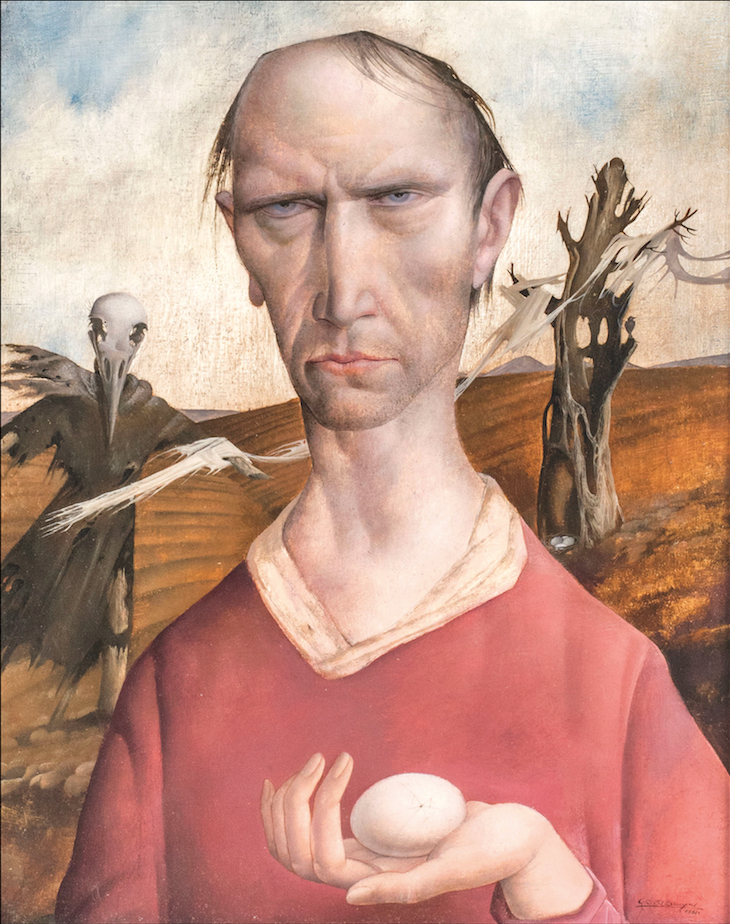
Waarom (Why) (1961), Gustaaf C. De Bruyne. Ambrose Naumann Fine Art at London Art Week
Arguably the finest German draughtsman of the 19th century, Adolph von Menzel (1815–1905) was commissioned by the Prussian king Frederick William IV to illustrate the works of his ancestor Frederick the Great, and in 1898 became the first painter admitted to the Order of the Black Eagle, the highest order of Prussian chivalry. It is 35 years since the last exhibition devoted to Menzel in the UK: a wrong that Stephen Ongpin Fine Art will right at LAW. Look out for A Bearded Man Looking Down to the Left (1891), in which the superbly rendered tufts and wisps of hair are as eloquent as a Dürer drawing.
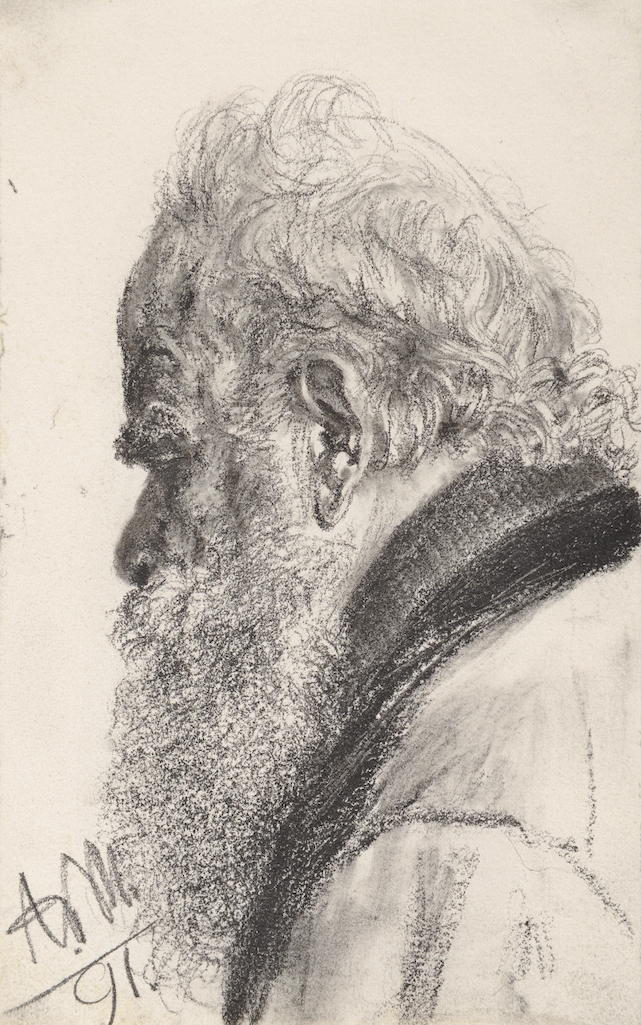
A Bearded Man Looking down to the Left (1891), Adolph von Menzel. Stephen Ongpin Fine Art at LAW
Ancient art is represented at LAW by Ariadne Galleries, which offers a calcite weight in the form of a duck, made in Mesopotamia in the second millennium BC. For more recent sculpture, head to Ben Elwes Fine Art for a fine portrait relief in white marble of the 19th-century opera superstar Jenny Lind, ‘the Swedish Nightingale’, by American sculptor Margaret Foley. Finally, Andrew Clayton-Payne displays a series of rediscovered drawings by Royal Academy founding member Johan Zoffany. Don’t miss the minutely observed musculature of his Sacred Cow (c. 1785).
Unlimited access from just $16 every 3 months
Subscribe to get unlimited and exclusive access to the top art stories, interviews and exhibition reviews.

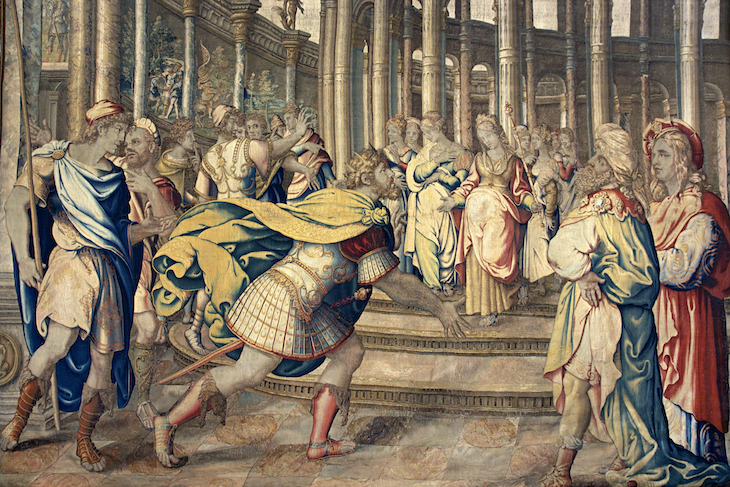
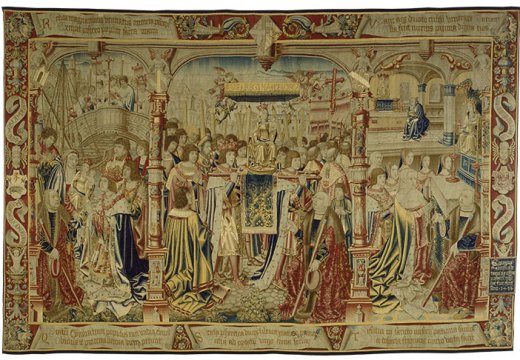
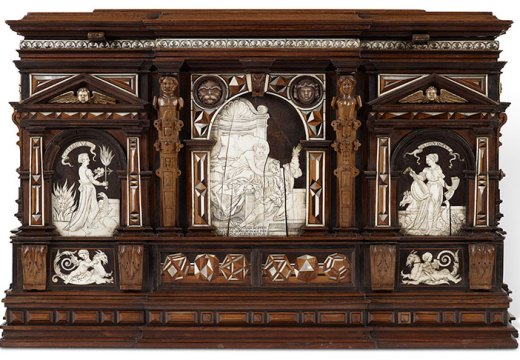
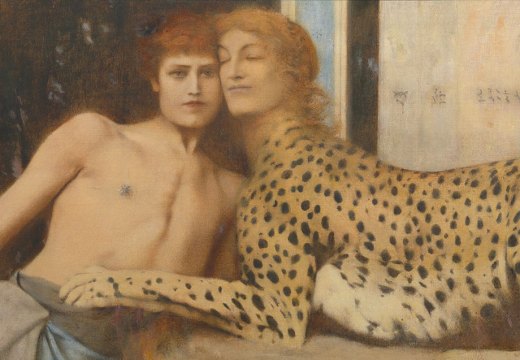









![Masterpiece [Re]discovery 2022. Photo: Ben Fisher Photography, courtesy of Masterpiece London](http://www.apollo-magazine.com/wp-content/uploads/2022/07/MPL2022_4263.jpg)
It’s time for the government of London to return to its rightful home